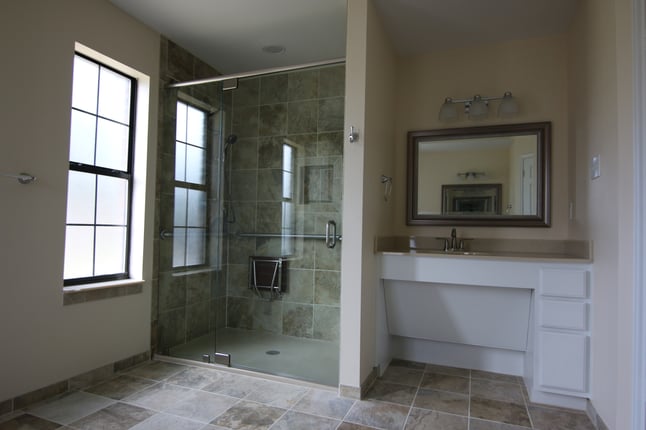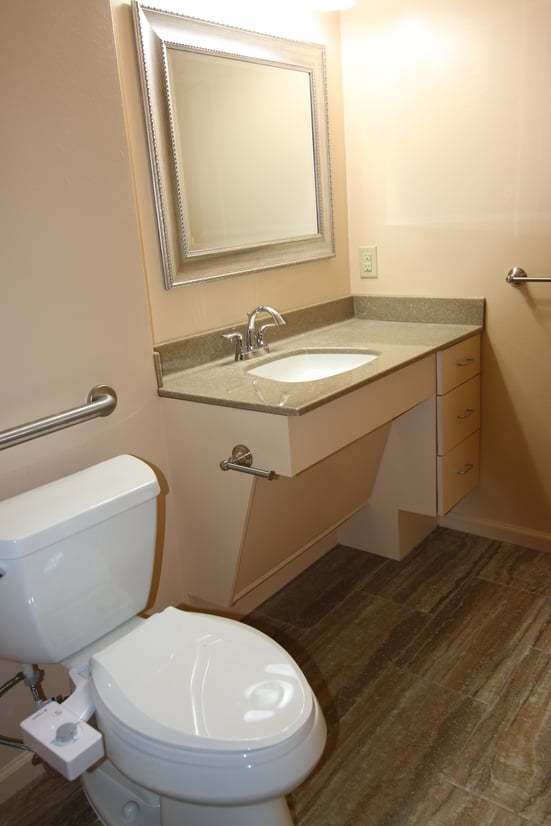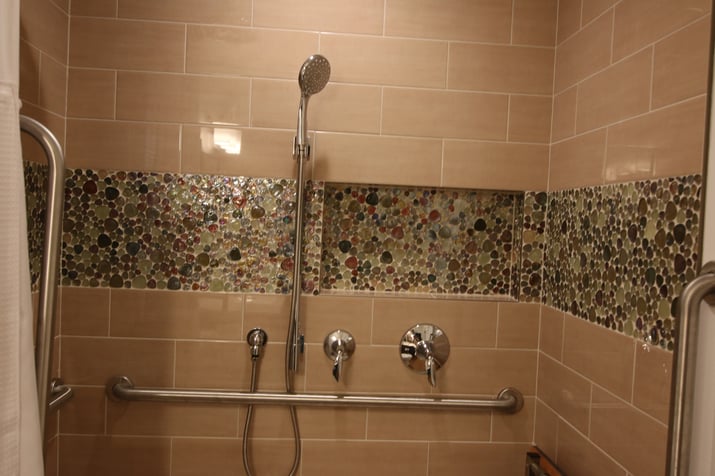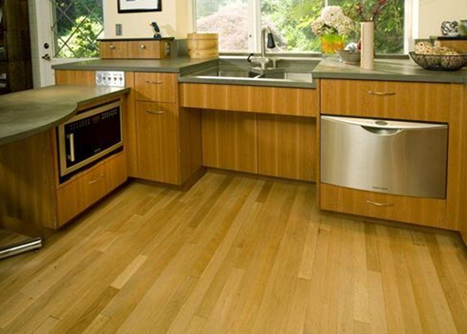Understanding Disability and Home Design
Disability is not simply a medical condition—it’s a complex interaction between a person’s physical abilities, the activities they need to perform, and the built environment surrounding them. The same impairment affects individuals differently: someone who is blind experiences daily life in an entirely different way than someone with deafness or limited mobility.
According to national reports, 19% of Americans between ages 16 and 64, and an even higher 42% of adults 65 and older, live with a physical disability that affects their daily routines. These statistics underscore why aging in place—the ability to remain safely and comfortably in one’s own home—has become such an important priority for individuals and families.
The Home Environment Matters
Disability and accessibility are not issues that affect only older adults. Children and younger adults with special needs face similar challenges when home environments don’t support their independence. To be truly inclusive, the entire building industry—from architects to remodelers—must work together to ensure that every home meets essential needs for comfort, safety, and dignity.
An accessible home should nurture a sense of privacy, belonging, control, and security for all who live there. These are not luxuries—they are vital ingredients of a fulfilling quality of life.
The Problem with Traditional Homes
Most homes are full of hidden barriers that make life harder for people with mobility or sensory limitations. Common challenges include:
-
Steep steps or raised thresholds at entries
-
Narrow doorways and tight hallways with abrupt turns
-
Cramped bathrooms that limit fixture access
-
Inaccessible kitchens and outdoor spaces
-
Door hardware and cabinetry that demand grip strength and coordination
Once a mobility device like a wheelchair or walker enters the picture, these limitations become magnified. What once felt “normal” suddenly becomes restrictive, unsafe, or impossible.
The Rise of Universal Design
Fortunately, accessible home design has evolved far beyond grab bars and ramps. The modern standard—Universal Design—focuses on creating spaces, products, and environments that are usable by as many people as possible, regardless of age or ability, without the need for later adaptations.
Universal Design is built right into the foundation of a space. When applied well, it feels natural and attractive—offering safety, flexibility, and ease without looking “institutional.” It’s the design philosophy that lets people live comfortably, age gracefully, and welcome everyone.
Accessibility Solutions in Austin, Texas
For those seeking increased accessibility in Central Texas, T-Square Company provides professional guidance and expert craftsmanship. With over 30 years of experience, we specialize in handicap-accessible homes and barrier-free remodeling, tailoring every project to the client’s specific needs.
Our accessibility services include:
-
Wider entries and hallways
-
Accessible bathrooms and roll-in showers
-
Kitchen redesigns for reach and comfort
-
Ramped or level entries
-
Vertical platform lifts, stair lifts, and elevators
-
Fully accessible bedroom or living spaces
Every home modification is uniquely designed to match the resident’s physical abilities, routines, and goals—because true accessibility is personal.
About David L. Traut, CAPS
David L. Traut, owner and president of T-Square Company in Austin, is a Certified Aging in Place Specialist (CAPS) and a Universal Design professional certified in both the United States and Australia. He is part of a select group of remodelers nationwide with the expertise to create homes that adapt to their occupants’ changing needs.
David’s lifelong commitment to inclusive, barrier-free living inspired his book,
Age in Place at Home: Adapting the Home Environment for All Generations,
which explores Universal Design principles and guides readers room by room toward creating a safe, functional, and beautiful home for every stage of life.
Moving Forward: A Home for Every Ability
The good news is that almost any home can be adapted with proper planning and know-how. When you design with accessibility in mind, you’re investing not only in convenience but in peace of mind, safety, and family togetherness.
Your quality of life—and that of your loved ones—will improve when every family member enjoys equal access and independence throughout the home.
It just makes good sense.
📘 Explore More
Age in Place at Home: Adapting the Home Environment for All Generations
Available now in paperback, eBook, and very soon audiobook formats on Amazon, Audible, and iTunes.


















